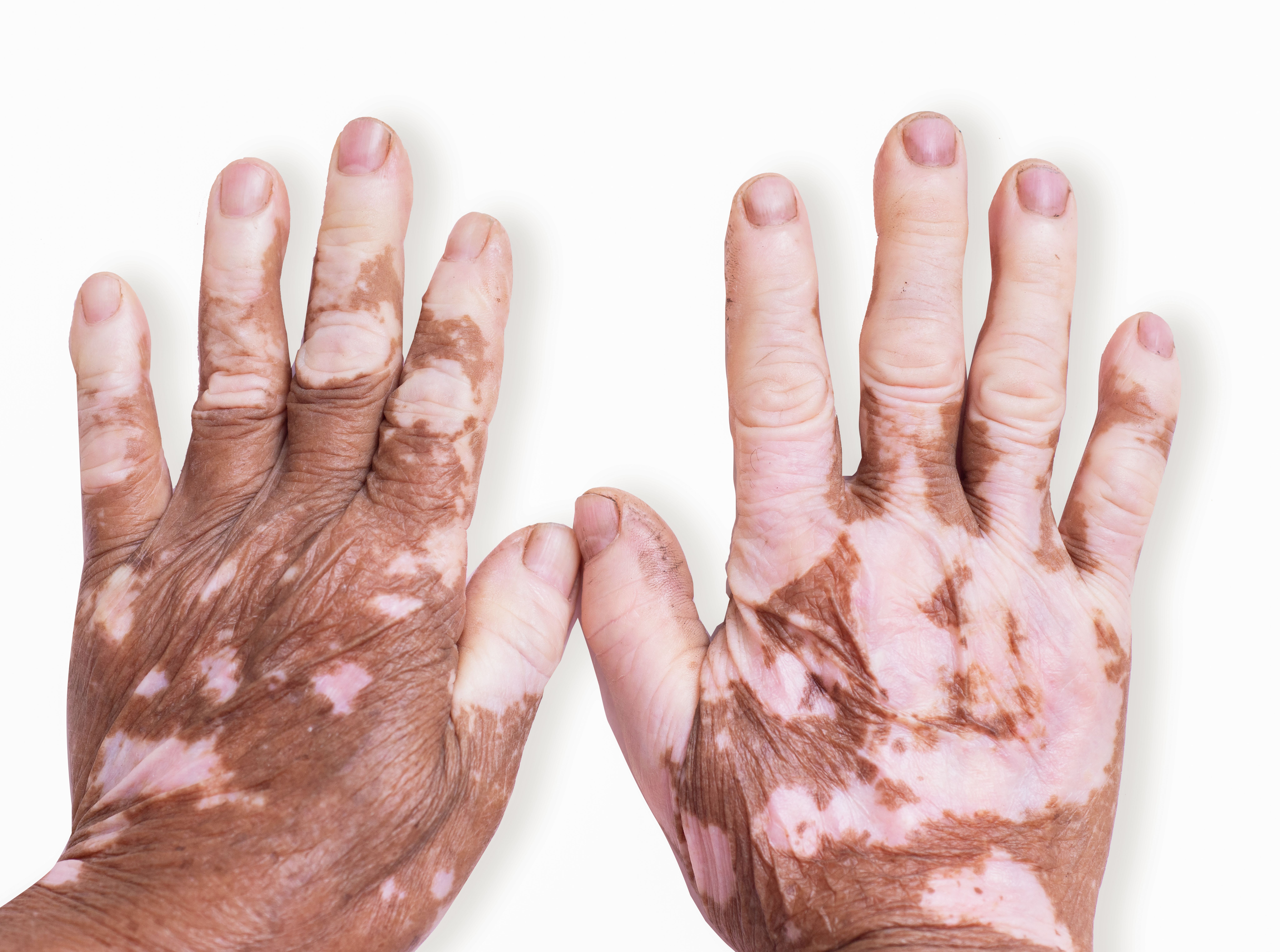Approximately 49.9% of patients recently diagnosed with vitiligo in the US did not receive treatment of any kind during the first year following their diagnosis, according to a study1 published in Dermatology and Therapy. Furthermore, 56.5% of patients who had not previously received vitiligo-related treatment prior to diagnosis did not receive treatment in the 12 months after being formally diagnosed.
Citing the vast amount of management and therapeutic options available to patients with vitiligo, investigators Rosmarin et al sought to evaluate treatment patterns among patients with vitiligo in the US within their first year of vitiligo diagnosis. Investigators also noted that within the scientific literature, there is a lack of research providing evidence for treatment patterns and utilization among patients with this condition.
Key Takeaways
- Approximately 49.9% of newly diagnosed vitiligo patients in the US did not receive any treatment within the first year following their diagnosis.
- Among patients who had not previously received vitiligo-related treatment before diagnosis, 56.5% did not receive treatment within the first 12 months after being formally diagnosed.
- The study highlights a lack of research on treatment patterns and utilization among vitiligo patients, and it suggests a need for further research to understand the factors influencing treatment decisions in a real-world setting.
Using patient-level medical and pharmacy claims data obtained from the Merative MarketScan Research Databases, investigators identified 19,335 patients with vitiligo equal to or above the age of 12 years old, with the earliest index diagnosis beginning October 1, 2016, and the latest April 30, 2021. Before and after each index diagnosis date, investigators included a 12-month pre- and post- continuous enrollment index.
Vitiligo therapies included in the analysis were: topical corticosteroids, oral corticosteroids, short-acting injectable corticosteroids, long-acting injectable corticosteroids, topical calcineurin inhibitors (TCI), systemic immunosuppressants, and phototherapy.
Of all participants included in the study, approximately 69.6% of patients had not received any vitiligo-related treatments prior to diagnosis.
Following vitiligo diagnosis, approximately 2,669 patients with moderate to severe vitiligo initiated treatment within a year of diagnosis. Among all examined treatment modalities, the most common among patients included oral corticosteroids used by 21% of patients in follow-up; high-potency topical corticosteroids used by 20.2% of patients in follow-up; and TCI used by 14.1% of patients in follow-up.
49.9% of patients who had been diagnosed with vitiligo and 56.5% of patients who had not previously received vitiligo-related treatment prior to diagnosis did not receive treatment in the 12 months after being formally diagnosed.
Potential study limitations included the incomplete nature of the claims database used for analysis, particularly regarding over-the-counter and self-management therapeutic options. Additionally, analysis results may be more representative of a commercially insured patient population due to non-random patient selection.
“Overall, half of all patients with vitiligo in this analysis did not receive treatment in the 12-month follow-up period. Unfortunately, reasons for not initiating treatment are not captured in claims data, and, to date, there are no studies assessing why patients may not initiate treatment. However, there are many factors that may impact treatment decisions, such as perception of disease burden and treatment efficacy,” study authors wrote. “There may be many barriers for patients with vitiligo regarding initiating treatment, and further research is needed to better understand what drives treatment decisions in a real-world setting.”
Reference
- Rosmarin D, Soliman AM, Li C. Real-world treatment patterns in patients with vitiligo in the United States [published correction appears in Dermatol Ther (Heidelb). 2023 Sep 2;:]. Dermatol Ther (Heidelb). 2023;13(9):2079-2091. doi:10.1007/s13555-023-00983-3












